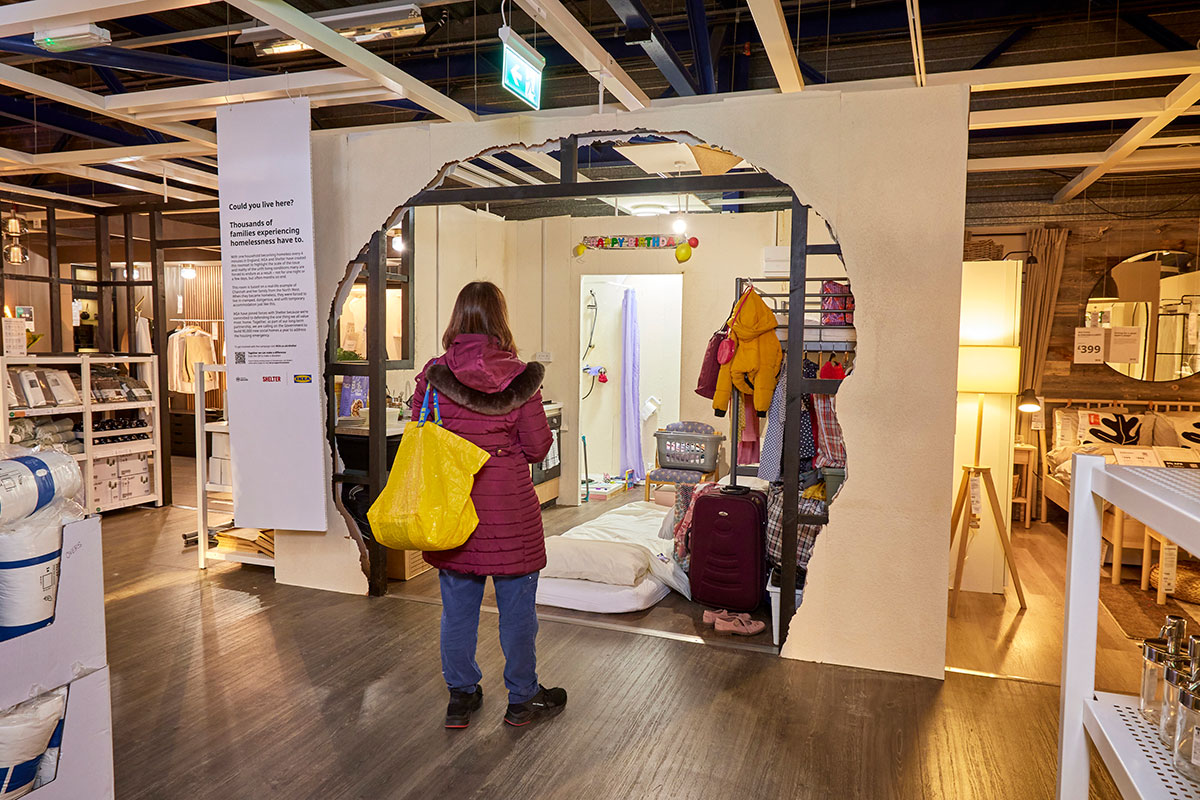You are viewing 1 of your 1 free articles
Building more affordable housing could save the government £1.5bn a year, academics find
Building 90,000 social and affordable homes a year could save the UK government £1.5bn a year in homelessness costs, according to a report led by University College London (UCL).

If enough social and affordable homes were built to reduce homelessness to a minimal level, this would result in savings from lower costs in a host of other areas, the researchers said.
Savings would be found in housing and other benefits, the health, social, homeless and criminal justice services, unemployment, and in children’s lost education.
The £1.5bn annual figure is an underestimate, the report said, as it does not include all the costs in these sectors or wider impacts on economic growth, productivity and life chances.
It estimated the cost of homelessness in the UK, including people in temporary accommodation, insecure or inadequate housing and rough sleepers, to be £6.5bn a year.
The authors, who also include researchers from the London School of Hygiene & Tropical Medicine and the Royal Free London NHS Foundation Trust, proposed that government grant funding should be gradually raised from £1bn a year to £5bn a year over the next five years.
This investment would enable the building of 72,000 additional social or affordable homes a year, on top of the 28,000 a year that are currently built. By comparison, around 150,000 homes are built each year by private house builders.
The numbers tally with the demands of Inside Housing’s Build Social campaign, which is calling for parties in England to pledge to build 90,000 homes a year over the next decade.
This new study set out the wider economic benefits of building more social and affordable housing – including increased council homes – income and corporation tax revenue, and greater economic growth and productivity.
At the same time, people who are homeless or in precarious housing suffer worse physical and mental health and poorer access to health care. This leads to higher healthcare costs and more disability benefits.
The report argued that new homes should be a mix of social rent housing, partially discounted affordable housing, and homes to be sold or rented at market value to subsidise this cost.
It added that the bulk of these new dwellings would need to be provided by local authorities.
Researchers also highlighted recent successful examples of affordable and sustainable housing that could be scaled nationally, including Norwich City Council’s Goldsmith Road scheme and Camden Council’s retrofit of the Agar Grove Estate.
Along with the research, UCL, alongside Westminster housing association Dolphin Living and architecture firm John McAslan + Partners, launched a coalition called the Social and Affordable Housing Initiative.
The aim of the group is to bring together experts from the public and private sectors to establish strategies to address the housing crisis and build 100,000 social and affordable homes a year.
Rosalind Raine, professor of health care evaluation at UCL and co-author of the study, said: “The housing crisis impacts on individuals, families and communities directly and indirectly. It is possible to tackle the holy grail of improving everyone’s lives, with benefits accruing the fastest for the most vulnerable.
“Our report does not rely on polemic but on published data. This summarises the evidence on the health and wider social impacts, the economic costs and savings, and highlights exemplars of social and affordable housing which can feasibly be scaled nationally.”
John McAslan, founder of John McAslan + Partners, said: “The UK has one of the least affordable housing markets in the world and the highest rate of homelessness in Europe. Urgent action is required now to address this.
“With some of the finest architects, engineers, public health experts, house builders, educationalists and creative power, Britain’s community of makers, thinkers, designers and doers need to be mobilised now to put social and affordable housing at the top of the societal agenda.”
Olivia Harris, chief executive of Dolphin Living, said: “In advocating for accelerated and greater provision of affordable housing, we need to remember key and critical workers who have historically accessed social housing.
“To create and maintain balanced communities and a workforce who can meet the needs of our communities, new affordable housing should include specific provision for homes for discounted rent for workers on modest incomes.”
Sign up for our development and finance newsletter
Already have an account? Click here to manage your newsletters











